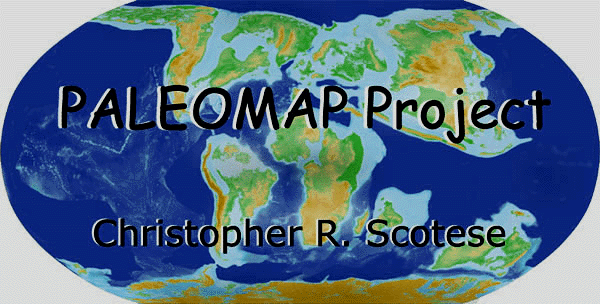
|
|
|
|
More Information about the Modern World
During times of low sea level the continents are emergent, land faunas flourish, migration routes between continents open up, the climate becomes more seasonal, and probably most importantly, the global climate tends to cool off. This is largely because land tends to reflect the Sun's energy back to space, while the oceans absorb the Sun's energy. Also, land masses permit the growth of permanent ice sheets, which because they are white reflect even more energy back to space. The formation of ice on the continents, of course, lowers sea level even further, which results in more land, which cools the Earth, forming more ice, and so on, and so on. The lesson here is: once the Earth begins to cool (or warm-up) positive feed-back mechanisms push the Earth's climate system to greater and greater cooling (or heating). During the last half of the Cenozoic the Earth began to cool off. Ice sheets formed first on Antarctica and then spread to the northern hemisphere. For the last 5 miilion years the Earth has been in a major Ice Age. There have been only a few times in Earth's history when it has been as cold as it has been during the last 5 million years. During the last 150 years humankind has increased the atmospheric concentration of greenhouses gases, principally carbon dioxide. As a result, the gloabl climate is warming. As the Earth climate warms, the polar ice will melt and sea level will rise. This will decrease the amount of land and less energy will be reflected back into space. This additional warming will melt more ice and the seas will continue to flood the continents, resulting in more warming. It is likely that rapid global warming will trigger positive feedback mechanisms that will change the Earth's climate mode from Ice House to Green House - like it was when the dinosaurs were around. The only question is how long will it take? 100 years, 1,000 years, or 10,000 years. We will have to wait and see. |